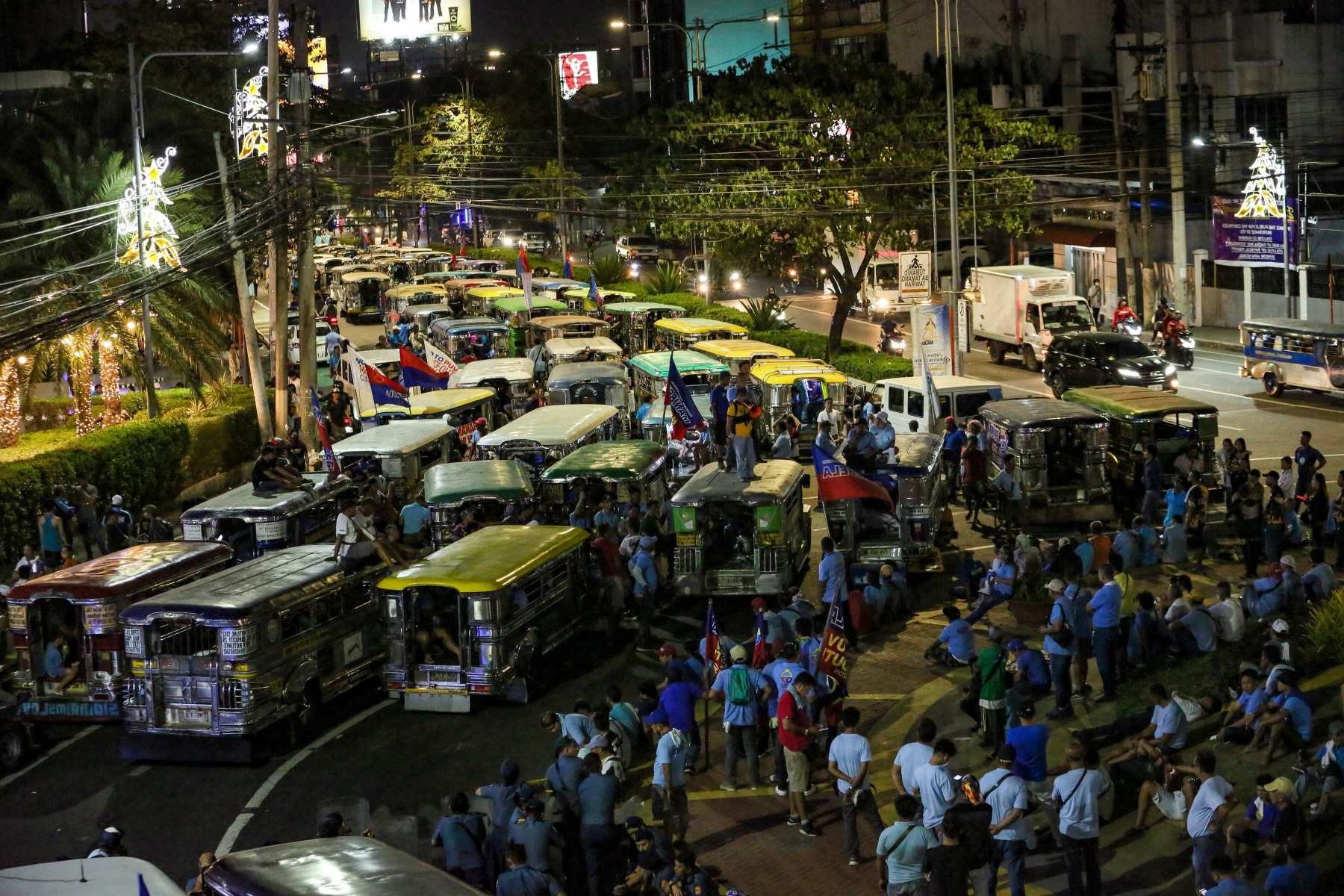The Fascinating Journey Of The Jeepney To Filipino Icon Status

Have you ever wondered how the Jeepney became such an iconic symbol in the Philippines? These colorful, uniquely decorated vehicles are more than just a mode of transportation. They represent Filipino creativity, resilience, and community spirit. Originating from surplus military jeeps left by American troops after World War II, Jeepneys were transformed by enterprising Filipinos into the vibrant public transport we see today. Each Jeepney tells a story, often adorned with religious symbols, family names, and bright colors. They are a testament to the resourcefulness and artistic flair of the Filipino people. Let's dive into the fascinating history and cultural significance of the Jeepney.
The Birth of the Jeepney
The Jeepney has a rich history that dates back to World War II. After the war, surplus military jeeps were left behind by American troops. Filipinos, known for their ingenuity, transformed these jeeps into a unique mode of public transportation.
Manila: The capital city saw the first Jeepneys hit the streets. They quickly became a symbol of resilience and creativity.
Cebu: This bustling city adopted Jeepneys soon after Manila, adding its own flair with vibrant colors and designs.
Evolution of Design
Jeepneys started as simple, functional vehicles. Over time, they evolved into moving works of art, each one unique and reflective of Filipino culture.
Davao: Known for its artistic Jeepneys, Davao's streets are a canvas of colorful and intricate designs.
Baguio: In the mountainous regions, Jeepneys are adapted for steep climbs, often adorned with traditional Cordilleran patterns.
Cultural Significance
Jeepneys are more than just transportation. They are a cultural icon, representing Filipino values of community, resilience, and creativity.
Iloilo: Here, Jeepneys are celebrated during festivals, becoming part of parades and cultural events.
Vigan: In this historic city, Jeepneys blend modernity with colonial architecture, symbolizing the fusion of past and present.
Modern Challenges
Despite their iconic status, Jeepneys face challenges in the modern era. Issues like pollution and traffic congestion have led to calls for modernization.
Quezon City: As one of the largest cities, it is at the forefront of Jeepney modernization efforts, balancing tradition with innovation.
Makati: Known for its business district, Makati is pushing for eco-friendly Jeepneys to reduce carbon footprints.
The Future of Jeepneys
The future of Jeepneys lies in balancing tradition with innovation. Efforts are underway to modernize them while preserving their cultural essence.
Taguig: This city is experimenting with electric Jeepneys, aiming for a sustainable future.
Pasig: With its green initiatives, Pasig is a leader in integrating modern technology into traditional Jeepneys.
Jeepney: More Than Just a Ride
The Jeepney isn't just a mode of transportation in the Philippines. It's a symbol of Filipino culture, creativity, and resilience. Born from surplus military vehicles after World War II, these colorful rides have evolved into a unique part of daily life. They showcase the Filipino spirit with their vibrant designs and practical utility.
Despite challenges like modernization and traffic issues, the Jeepney remains a beloved icon. Efforts to modernize them are ongoing, aiming to balance tradition with progress. Whether you're a local or a tourist, riding a Jeepney offers a glimpse into the heart of Filipino life.
Next time you see a Jeepney, remember its rich history and the stories it carries. It's more than just a ride; it's a testament to the enduring spirit of the Philippines.

